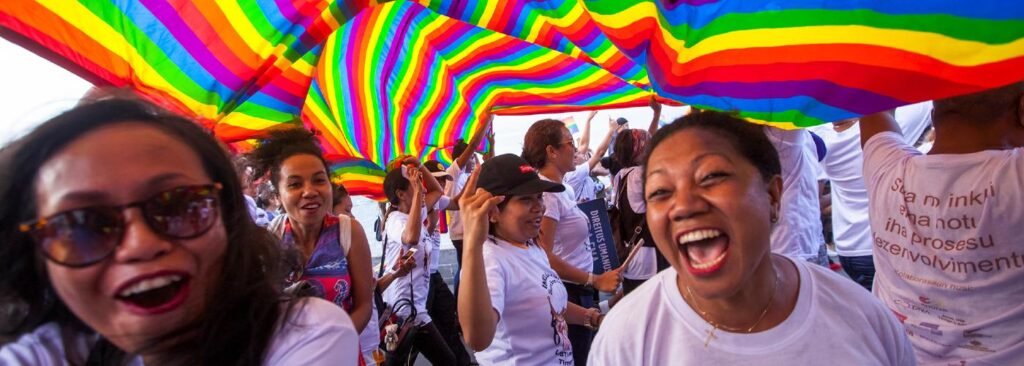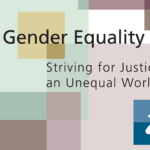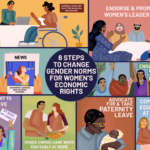The Intersection of Gender and Diversity: Building Inclusive Environments
Introduction
Creating truly inclusive environments requires understanding and addressing the intersection of gender and diversity. By recognizing how various aspects of identity interact, organizations and communities can foster environments where everyone feels valued and supported. This article explores the intersection of gender and diversity, offering strategies for building more inclusive environments that address complex and overlapping aspects of identity.

Understanding the Intersection of Gender and Diversity
Defining Intersectionality
Intersectionality is a concept that describes how different aspects of identity—such as gender, race, ethnicity, sexual orientation, and disability—intersect and interact to shape an individual’s experiences and opportunities. It emphasizes that:
- Multiple Identities: People have multiple, overlapping identities that influence their experiences.
- Complex Discrimination: Discrimination and privilege are not experienced in isolation but through a web of interconnected factors.
Gender and Diversity
Gender is a significant aspect of identity, but it interacts with other dimensions of diversity:
- Cultural Background: Gender experiences can differ widely based on cultural and ethnic backgrounds.
- Socioeconomic Status: Economic factors can impact access to resources and opportunities across genders.
Strategies for Building Inclusive Environments
Embracing a Holistic Approach
Comprehensive Policies
Developing comprehensive policies that address various aspects of identity is crucial:
- Inclusive Anti-Discrimination Policies: Policies should address not only gender discrimination but also racism, ableism, and other forms of bias.
- Diverse Representation: Ensuring that policies and practices reflect the diversity of the community or organization.
Case Example: Multi-Dimensional Anti-Discrimination Policies
Organizations with multi-dimensional anti-discrimination policies that explicitly address various forms of bias, including gender, race, and disability, set a standard for inclusivity.
Promoting Inclusive Leadership
Diverse Leadership Teams
Building diverse leadership teams helps drive inclusive practices:
- Representation at Decision-Making Levels: Ensuring that leadership teams reflect the diversity of the organization or community.
- Inclusive Leadership Training: Providing training for leaders to understand and promote diversity and inclusion effectively.
Case Example: Leadership Diversity Initiatives
Companies that implement initiatives to increase diversity in leadership roles and provide training on inclusive practices are making strides toward creating more inclusive environments.
Supporting Employee Resource Groups (ERGs)
Establishing ERGs
ERGs provide support and a sense of community for individuals with shared identities:
- Safe Spaces: Creating spaces where individuals can discuss their experiences and challenges.
- Advocacy and Support: ERGs can advocate for policies and practices that address the specific needs of their members.
Case Example: Effective ERGs
Successful ERGs are those that actively engage in advocacy, provide valuable support, and work with leadership to influence organizational policies and practices.
Implementing Inclusive Practices
Bias-Free Recruitment and Hiring
Recruitment and hiring practices should be designed to minimize bias:
- Structured Interviews: Using structured interviews and standardized evaluation criteria to reduce subjective bias.
- Diverse Hiring Panels: Ensuring that hiring panels are diverse to provide a range of perspectives in the selection process.
Case Example: Inclusive Hiring Practices
Organizations that use structured interview processes and diverse hiring panels often see more equitable outcomes in recruitment and selection.
Providing Equal Opportunities
Career Development and Advancement
Ensuring equal opportunities for career development is essential:
- Mentorship Programs: Offering mentorship and sponsorship programs to support the career advancement of underrepresented groups.
- Professional Development: Providing access to training and development opportunities for all employees.
Case Example: Career Advancement Programs
Companies with mentorship and professional development programs that target underrepresented groups demonstrate a commitment to equal career advancement opportunities.
Measuring and Sustaining Inclusivity
Assessing Inclusivity
Regular assessment helps gauge the effectiveness of inclusivity efforts:
- Surveys and Feedback: Conducting surveys and gathering feedback to understand the experiences of employees and community members.
- Inclusivity Audits: Performing audits to evaluate the inclusiveness of policies, practices, and organizational culture.
Adapting Strategies
Continuous adaptation is key to maintaining and improving inclusivity:
- Responsive Adjustments: Making adjustments to policies and practices based on feedback and assessment results.
- Ongoing Learning: Committing to ongoing learning and development to stay informed about best practices in diversity and inclusion.
Conclusion
Building inclusive environments requires a nuanced understanding of the intersection between gender and diversity. By adopting a holistic approach, promoting inclusive leadership, supporting ERGs, and implementing equitable practices, organizations and communities can create environments where all individuals feel valued and supported. Continuous assessment and adaptation are crucial for sustaining inclusivity and ensuring that efforts to address gender and diversity issues remain effective and relevant.



